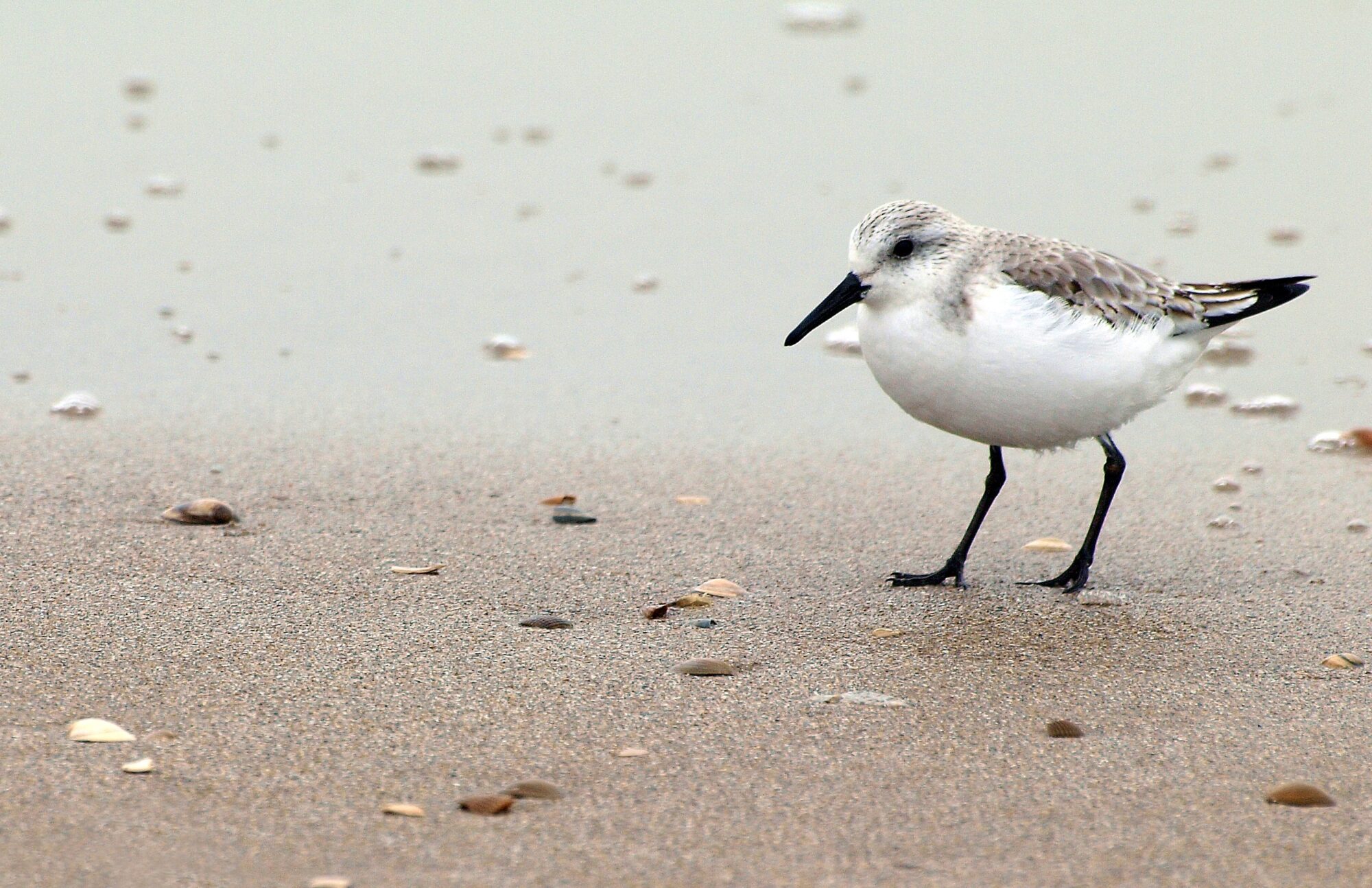With all the doom and gloom surrounding us at the moment, it’s nice to come across something positive for a change. Something that reminds us that it’s not all bad at the moment, that good things are still happening, yes?
Like the fate of our iconic grass trees. All up, there are 28 species of grass tree, which range in size from one metre to six metres tall, and they are native only to Australia. Grass trees, which in truth are neither grass nor tree, began diversifying somewhere around 24 to 35 million years ago. They are a very slow-growing perennial, very-long-lived and at present are in danger of being pushed to extinction. Okay, so this is not the good thing I was talking about…
Also called as the Yacca, and formally known as Blackboys, the genus Xanthorrhoea are monocots, meaning they only have one cotyledon (which is the leaf attached to the embryo within the seed). They are unique, have an amazing ability to survive a bushfire and an added bonus is, they also flower! The trees send up an impressive spear-like spike which can be up to four metres long, adorned with nectar-rich flowers which attract a wide variety of insects, birds and mammals. They are a starkly beautiful, sculptural tree, essential to the bush ecology, that can live for up to 600 years and they are among the oldest living plants on the planet, which makes it all the more concerning that urban developers see them as nothing more than an obstacle to be razed to the ground as more land is cleared to make way for new suburbs and building projects. Okay, so this definitely isn’t the good thing either.
Here is the good thing, however; Western Australian company, Margaret River Grass Trees, has come out on the side of the iconic Xanthorrhoea and are doing a remarkable job of rescuing them, literally from the path of the bulldozers, and then propagating them in nurseries all around Australia, thus ensuring their future survival and raising their profile with gardeners and landscape designers around the country. Being such an ancient plant, that has endured and thrived all over the country for millennia, the grass tree makes an excellent choice as a specimen tree for the home gardener, for schools, public parks and the commercial sector, as it has adapted perfectly to all the various conditions that make up our Australian landscape.
Like almost all Australian natives, grass trees can be traumatised by a removal from the ground and the entire operation needs to be handled with extreme care. Fortunately, the team at Margaret River Grass Trees know their stuff and have been successfully removing the trees and relocating them to their nurseries, where the trees are carefully tended for around 18 months, to ensure their health and survival following the move. This is vitally important, as the company wants to ensure the trees will do well when sold on to their customers. But their survival is tantamount anyway.
And why not? It would be devastating if these remarkable trees met with extinction.
Grass trees can flourish in poor, sandy soils, are drought and fire resistant and once established, are a low maintenance, inexpensive plant to look after. They love sun, there is no need to use fertiliser and climate wise, they will live happily under almost any seasonal conditions. So it is so nice to know that someone appreciates their unique beauty and is doing something concrete to ensure the grass tree does not vanish from our landscape, because that would be tragic. You can visit www.margaretrivergrasstrees.com (who operate Australia wide) to find out more about their operation, view their impressive gallery, discover more about these amazing trees and maybe even find the perfect specimen for your garden.
See? I said this was about something nice.
